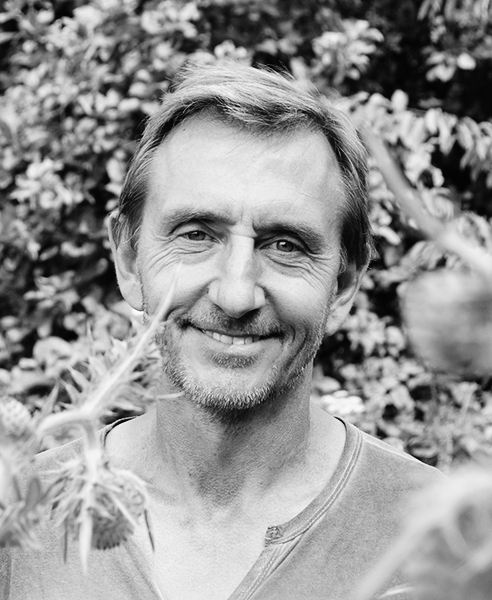Together, our gardens are a huge living landscape and a really important habitat for a range of insects, birds and mammals. The way we choose to manage our green spaces can make a big difference to the natural world. By growing wildlife-friendly plants you can attract more animals to your garden and create a haven for nature.
Wildlife gardening expert Dave Goulson shares some of the best plants you can grow to create a wildlife-friendly garden and give pollinators and other species a helping hand.
For even more wildlife gardening advice, head over to our wildlife gardening hub.
More wildlife gardening content:
Does nectar provide more than energy?
Nectar is a plant’s way of bribing insects and other animals to pollinate it or protect it against herbivores. The sugar-rich fluid is indeed packed with energy, but it also contains other much-sought-after compounds.
The caffeine contained in citrus tree nectar boosts honeybees’ memories, for instance, making the insects more likely to visit similar flowers. And research has found that several nectar components were found to reduce gut parasite load in bumblebees.
Intriguingly, a chemical component of rhododendron nectar is actually toxic to honeybees but not bumblebees, perhaps because it pays for the plants to encourage only certain, specialist pollinators.
This Q&A originally appeared in BBC Wildlife magazine, and was answered by Stuart Blackman.
Best plants to grow for butterflies, bees and other pollinators
Yellow rattle (Rhinanthus minor)
- Buy seeds now from Amazon, Chiltern Seeds, Crocus, Plantlife, The RHS
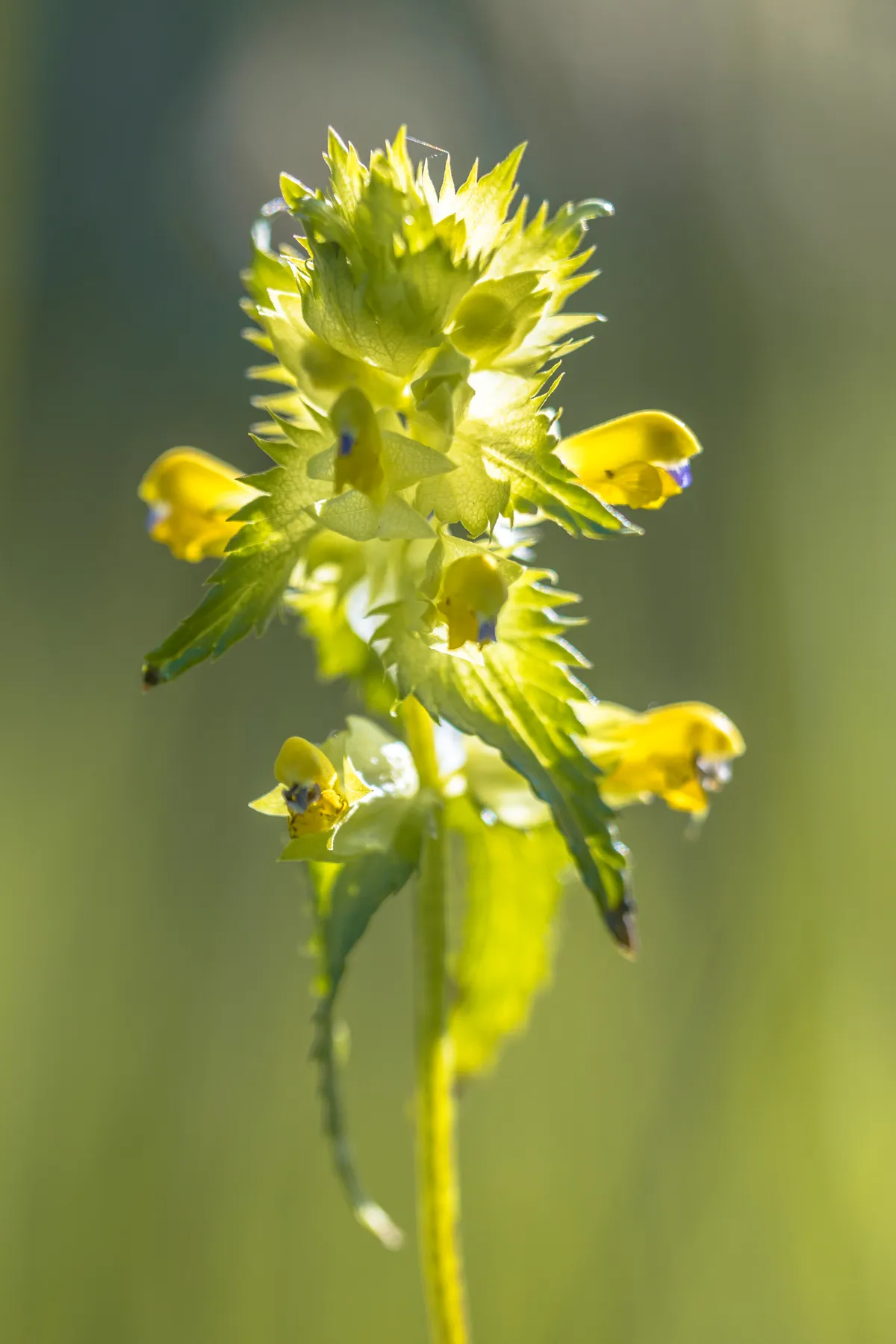
At the height of summer, the tiny seeds rattling in their brown pods give this wildflower its name. Because yellow rattle is a hemiparasite which feeds off the nutrients in the roots of nearby grasses, it is used to turn grassland back to meadow. Yellow rattle is found widely in the northern hemisphere, and flowers between May to September, attracting pollinators such as bumblebees. It is also the foodplant for the larvae of two rare moths, including the grass rivulet.
Where to plant: grassland of low to medium fertility; full sun; well-drained/moist but well-drained soil; chalk, clay, sand, loam
Viper’s bugloss (Echium vulgare)
- Buy seeds now from Chiltern Seeds, Crocus, Plantlife, The RHS
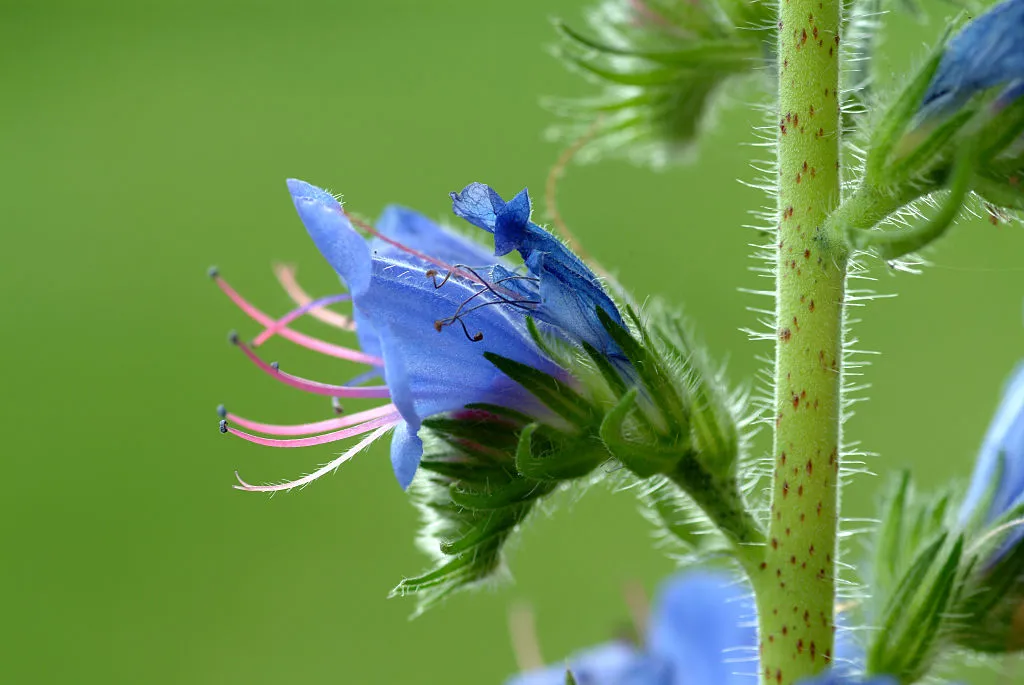
Viper's bugloss is a hairy plant with dense spikes of bright blue, funnel-shaped flowers. It is found in Europe, with a scattered distribution in the UK where it is most common in the south. It flowers between June and August, and attracts a range of pollinators including buff-tailed and red-tailed bumblebees, large skipper and painted lady butterflies, honeybees and red mason bees.
Where to plant: full sun; well-drained soil; loam, chalk, sandy
Comfrey (Symphytum officinale)
- Buy seeds now from Chiltern Seeds
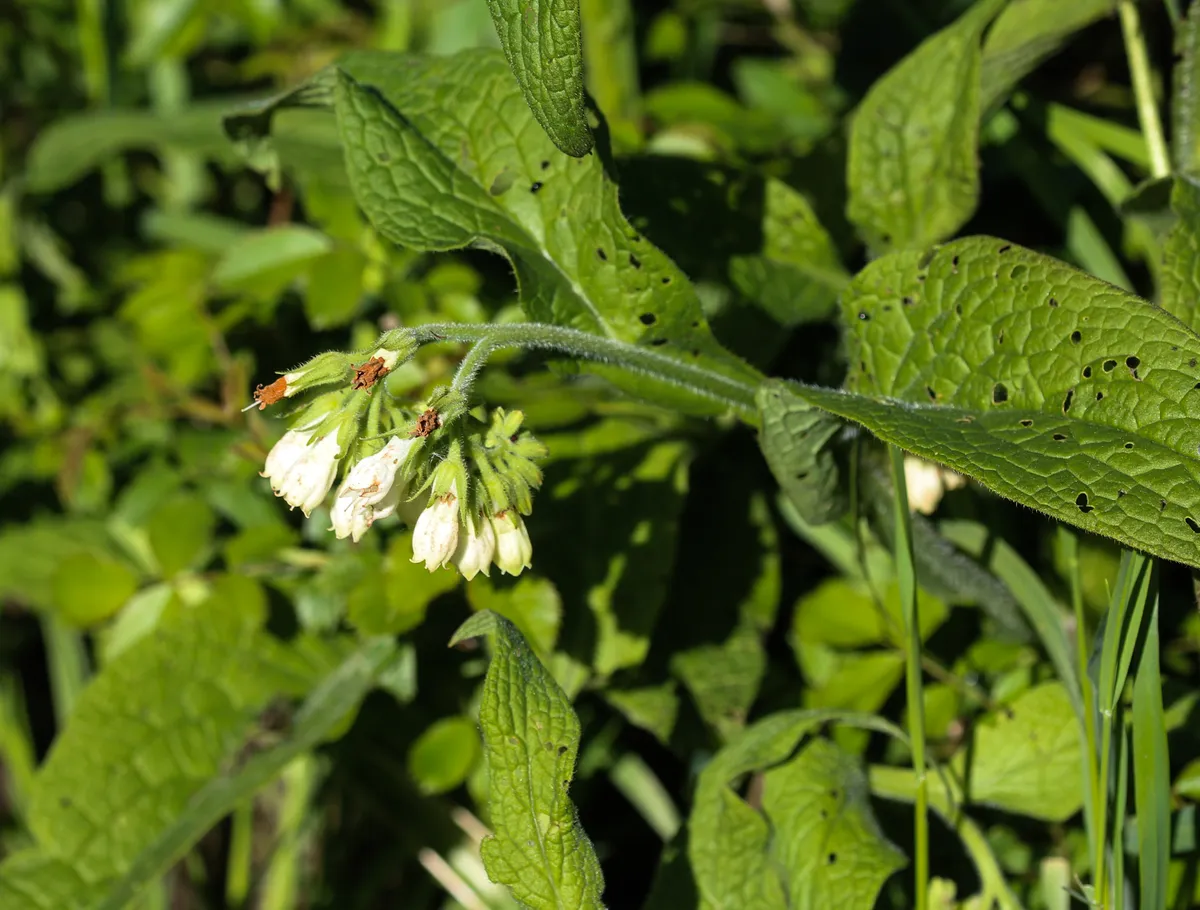
Comfrey is perhaps the single best plant you can grow for bumblebees – they absolutely love it. Comfrey is found across Europe and temperate Asia. It is widespread in the UK, but most common in England. It flowers between May and July, with purple, pink or cream flowers. It also makes a great liquid manure!
Where to plant: full sun or partial shade; moist but well-drained or poorly drained soil; sand, chalk, loam, clay
Meadow crane’s-bill (Geranium pratense)
- Buy seeds now from Chiltern Seeds, Plantlife
- Buy plants now from Crocus, The RHS
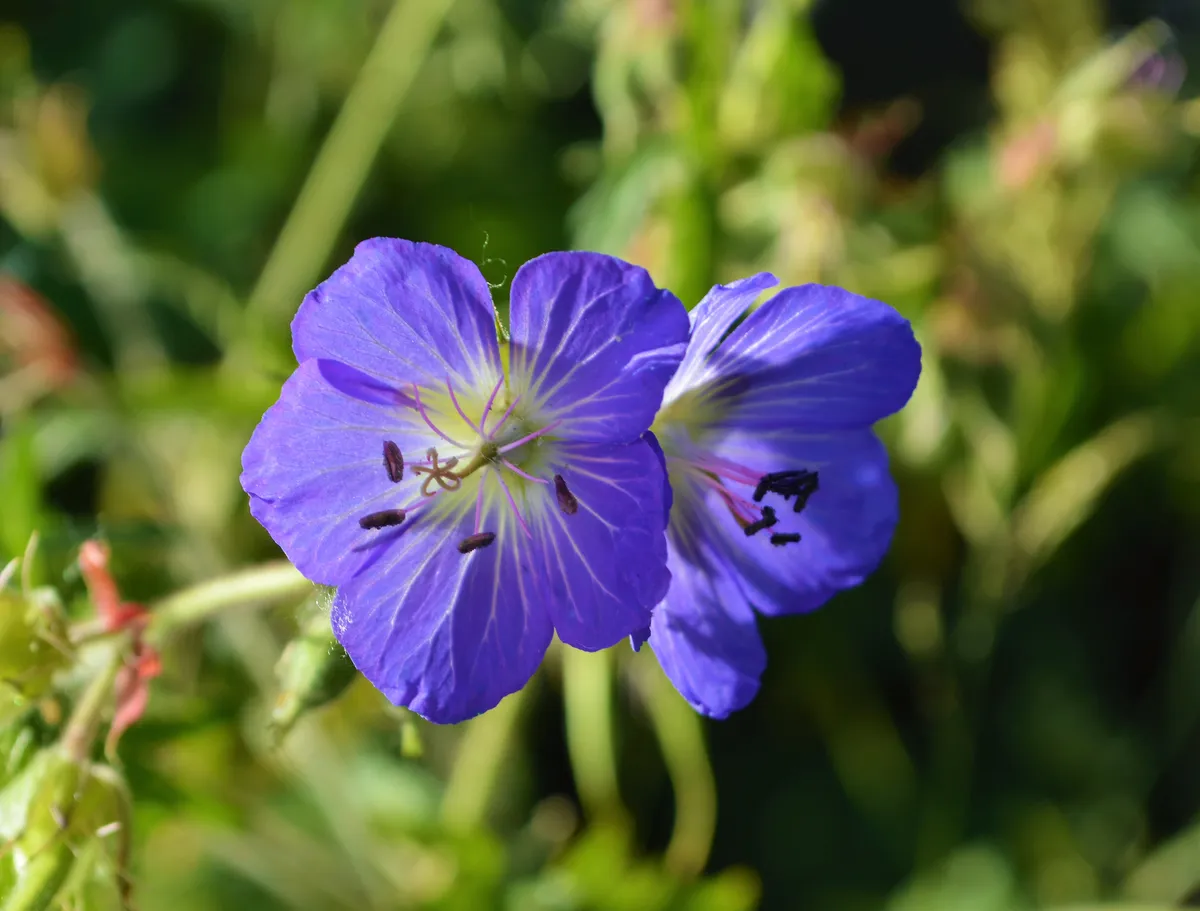
Almost all of the perennial hardy geraniums available for gardens are great plants for pollinators but Dave Goulson’s favourite is the meadow crane’s-bill. This plant is native from Europe to Himalaya, and attracts many species of bee, including buff-tailed and red-tailed bumblebees, and honeybees. It flowers between June to September, with blue-purple flowers.
Where to plant: full sun or partial shade; moist but well-drained/well-drained soil; sand, chalk, loam, clay
Catmint (Nepeta)
- Buy seeds now from Chiltern Seeds
- Buy plants now from Crocus, The RHS
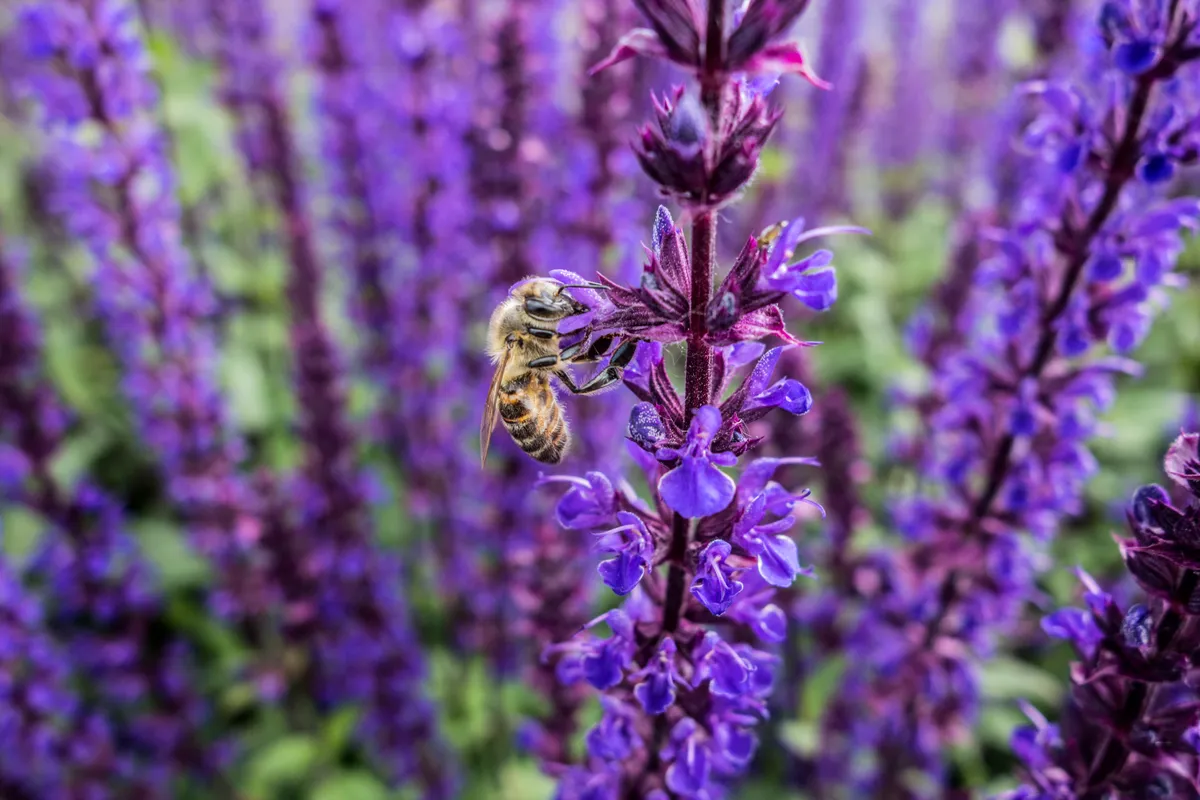
Catmint is alive with bees all summer long, and extremely easy to grow. The different varieties have different coloured flowers (Nepeta cataria has white-purple flowers), which bloom between June to September. It is found in Southern Europe and attracts a wide range of pollinators including bees, butterflies and other pollinators. Its leaves are used as a caterpillar foodplant. If you have a cat (or there are local ones), you'll find that this plant will soon become a favourite of theirs – as catnip is made from catmint!
Where to plant: full sun or partial shade; well-drained soil; sand, chalk, loam
Wild marjoram (Origanum vulgare)
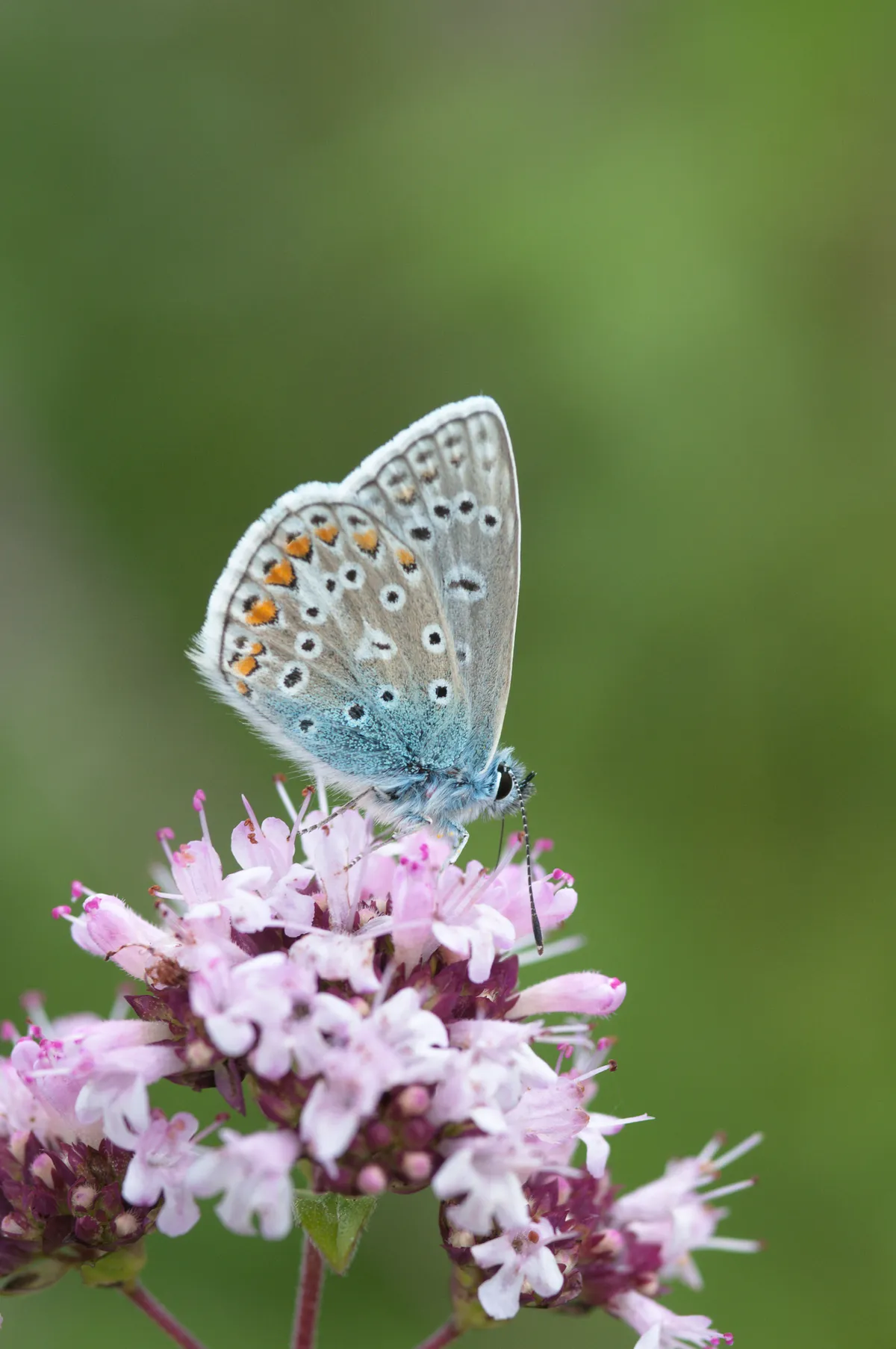
The pink flowers of wild marjoram are very attractive to a broad range of insects, including butterflies, moths, bees, beetles and hoverflies. Wild marjoram is native to Europe and North Africa. It is quite common in the south of England, but largely absent from central, northern and western Scotland. It flowers between June and September.
Where to plant: full sun; well-drained soil; sand, loam, chalk
Garden angelica (Angelica archangelica)
- Buy plants now from Crocus, The RHS
- Buy seeds now from Chiltern Seeds
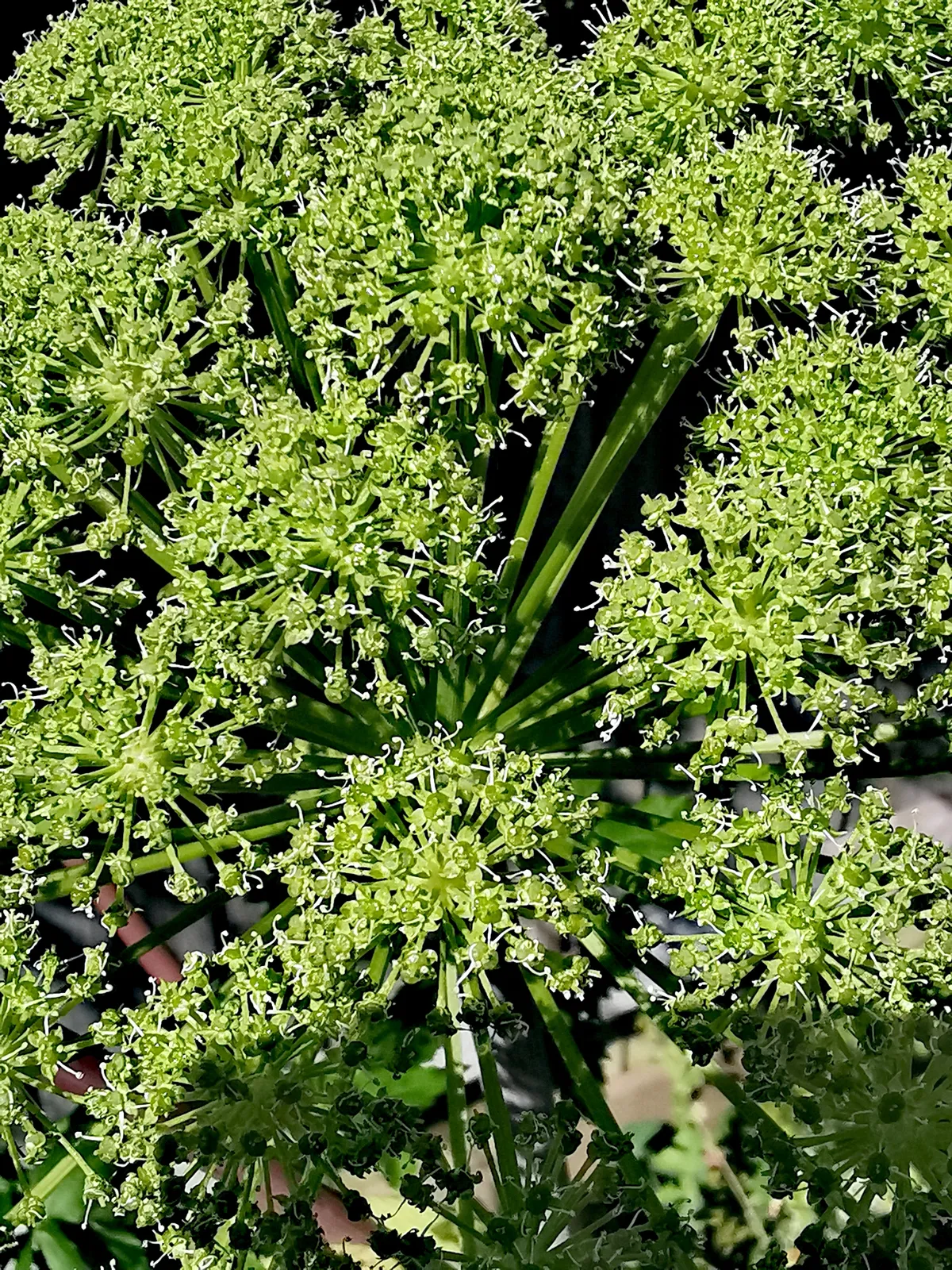
Garden angelica is a tall plant with giant, plate-like, green flowers that are enjoyed by numerous small solitary bees, wasps, beetles and hoverflies. It is native to Europe and Asia, and flowers between June and July. After flowering, its seeds are eaten by birds.
Where to plant: partial shade; moist but well-drained/poorly drained soil; clay, chalk, loam
Field scabious (Knautia arvensis)
- Buy seeds now from Chiltern Seeds, Crocus, The RHS
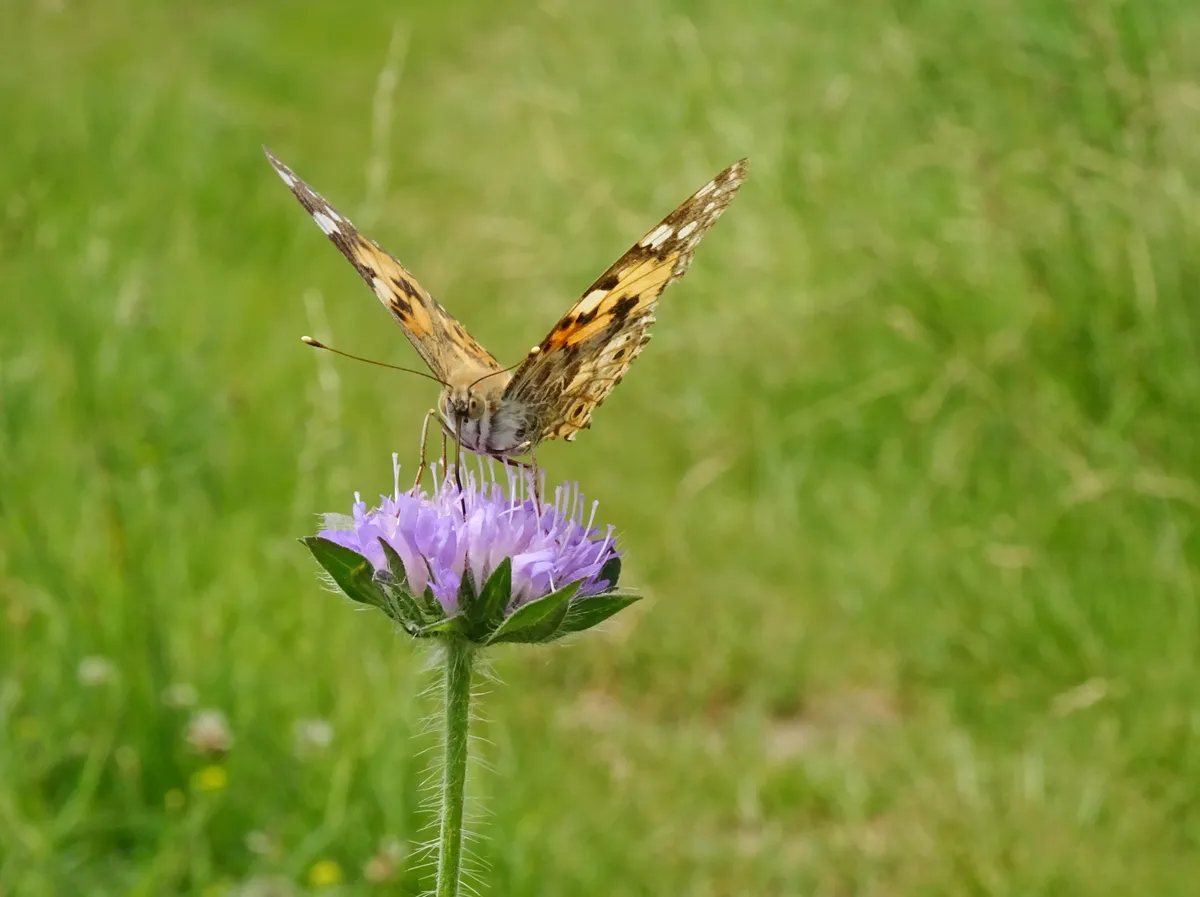
Field scabious is a beautiful native wildflower, with mauve powder-puff flowers in the summer months, attractive to many different insects including bees and butterflies. It is native to Europe and Asia, and flowers between July to September.
Where to plant: full sun; well-drained soil; loam, sand, chalk
Dahlia (single varieties, Dahlia)
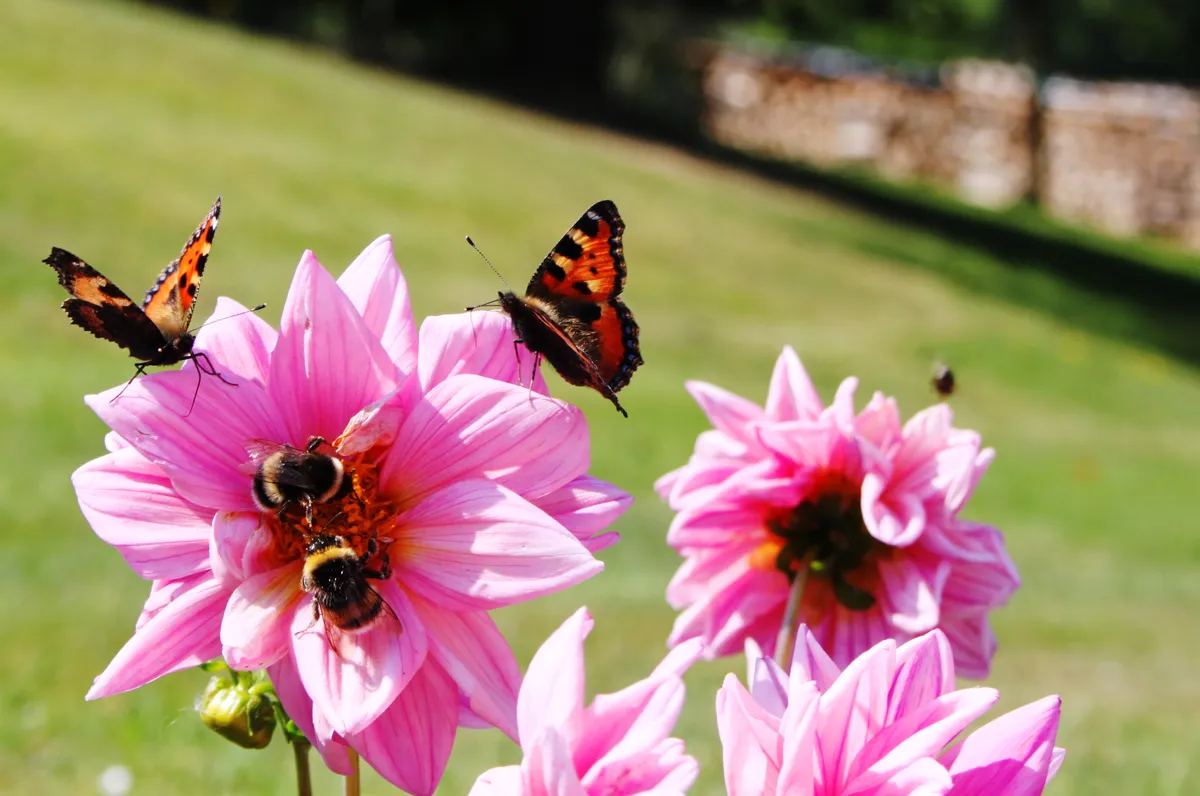
Overlooked as plants for pollinators, the single-flowered dahlias are hugely attractive to bees, butterflies and other pollinators because they are more accessible and have a long-flowering period. They flower between July and September/October.
Where to plant: full sun; moist but well-drained/well-drained soil; loam, clay, sand
Ivy (Hedera)
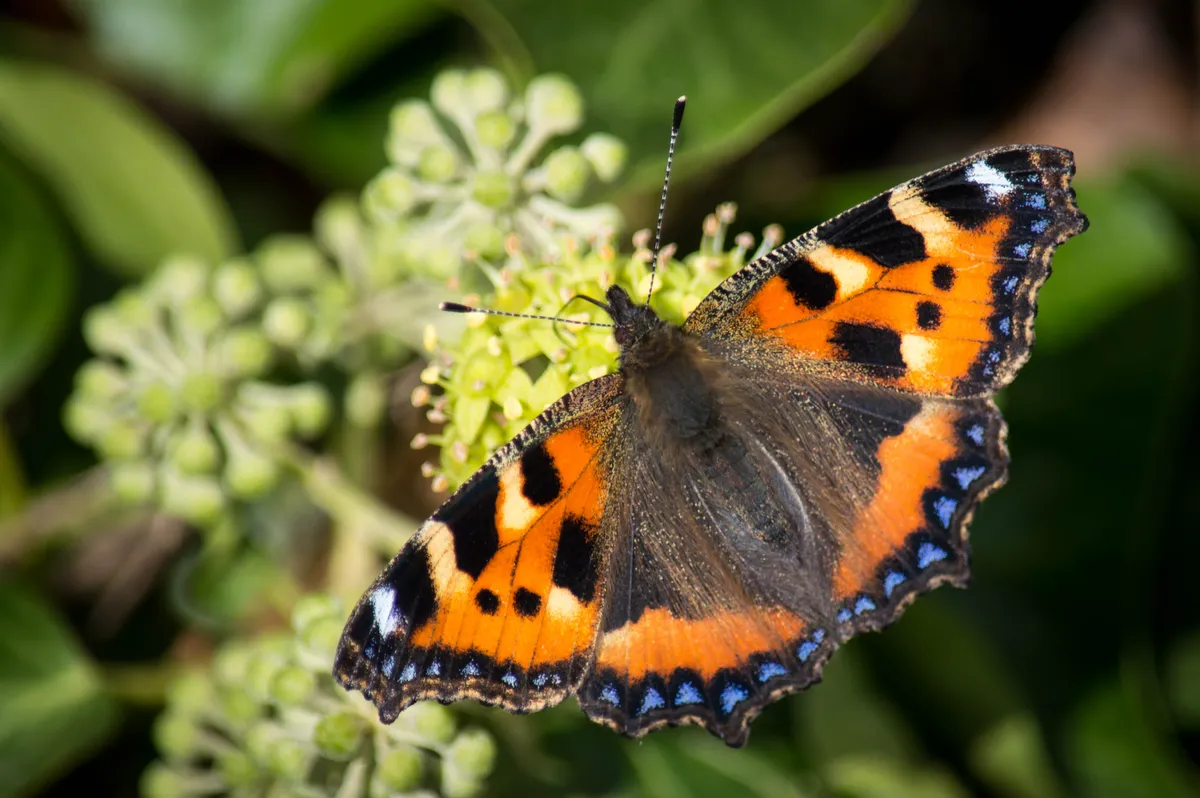
According to the RHS, more than 140 species of insect and 17 species of bird feed on this climber in Britain, and countless others appreciate its evergreen shelter. It flowers between September to November, with yellow-green flowers. The seeds are then eaten by birds.
Where to plant: partially shaded; well-drained/moist but well-drained soil; sand, clay, chalk, loam
Bird’s-foot trefoil (Lotus corniculatus)
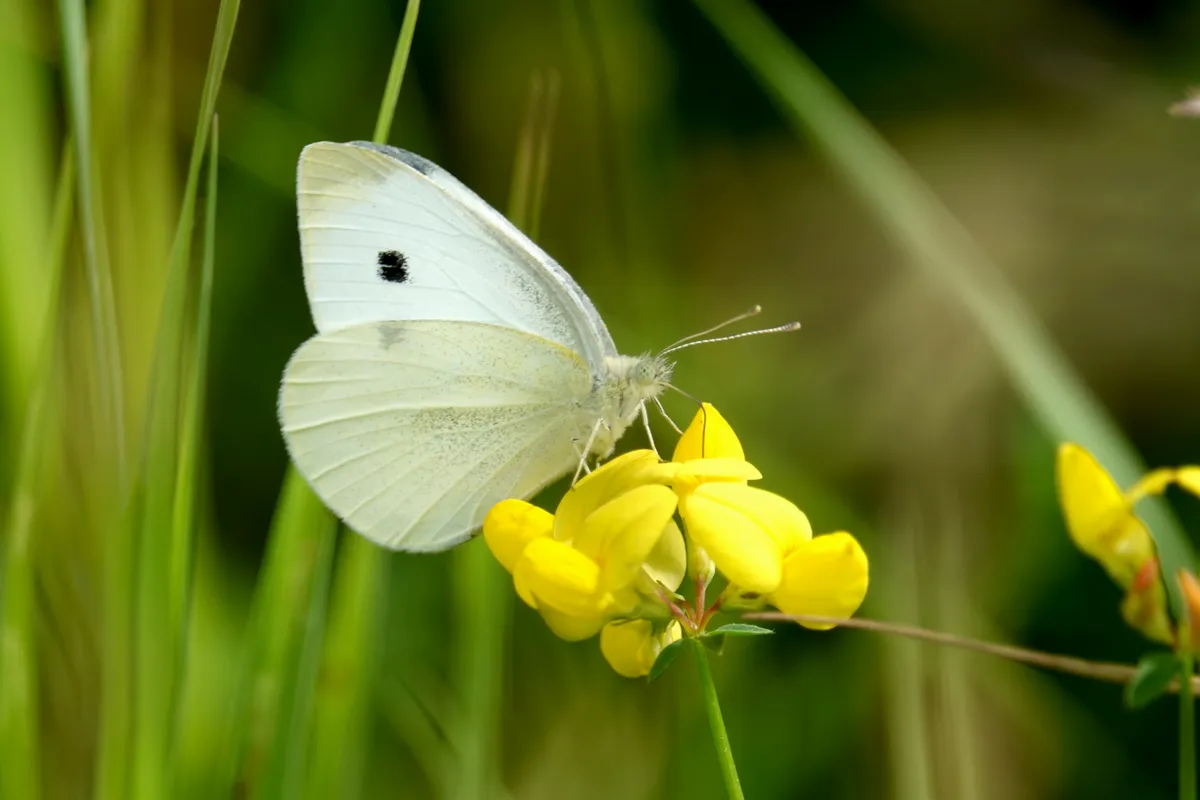
Bird's foot trefoil is a member of the pea family with lots of interesting common names, including ‘eggs and bacon’ and ‘hen and chickens’, which refer to the yellow flowers and reddish buds. It flowers between May to September, and attracts bees and butterflies, and is the larval foodplant for some moths.
Where to plant: full sun; well-drained soil; loam, chalk, sand
Dog-rose (Rosa canina)
- Buy plants now from Crocus, The RHS, Woodland Trust
- Buy seeds now from Chiltern Seeds
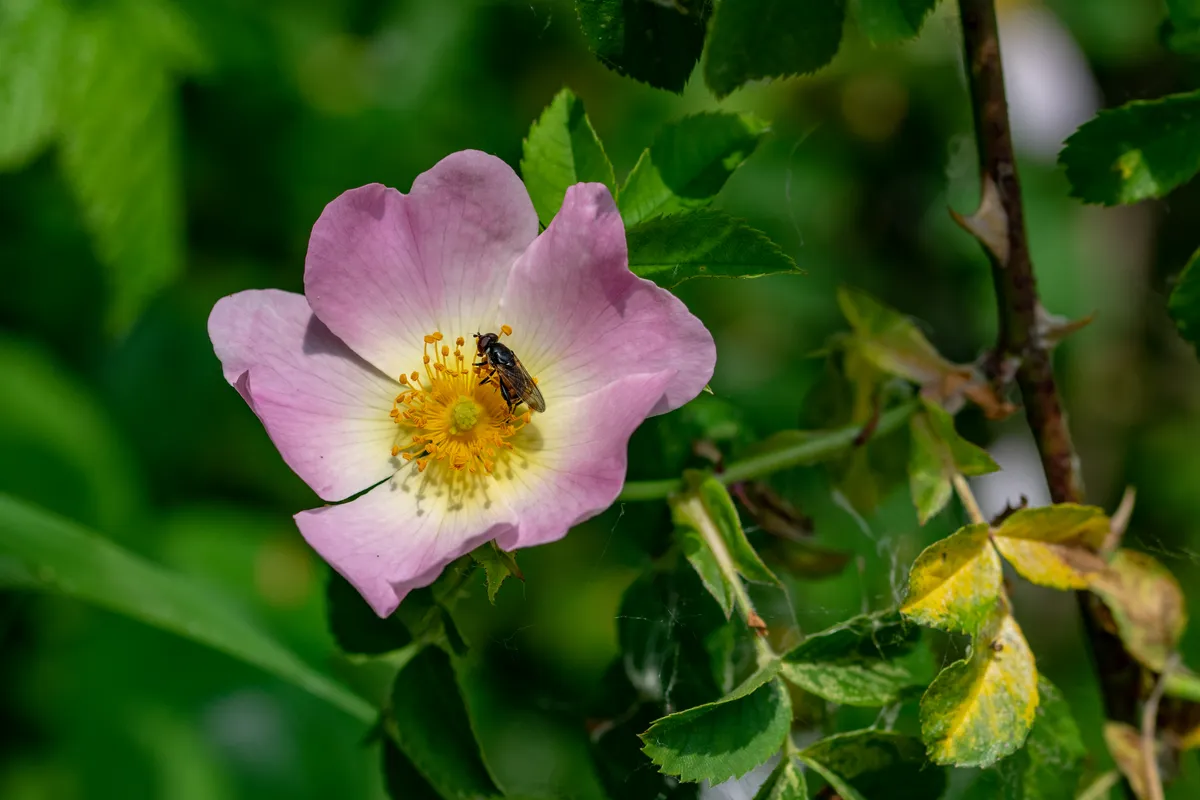
This scrambling shrub has an attractive burst of lightly scented, flowers in summer, followed by a show of bright red hips in autumn (which can be used to make rosehip syrup). Dog rose can be found in Europe, Northern Africa and Southwest Asia, and flowers between June to August with pale pink and white flowers that attract bees, butterflies, moths and birds. It also provides shelter for birds and small mammals.
Where to plant: full sun; moist to well-drained soil; chalk, clay, sand, loam.
Wild cherry tree (Prunus avium)
- Buy seeds now from Chiltern Seeds,
- Buy plants now from Crocus, The RHS
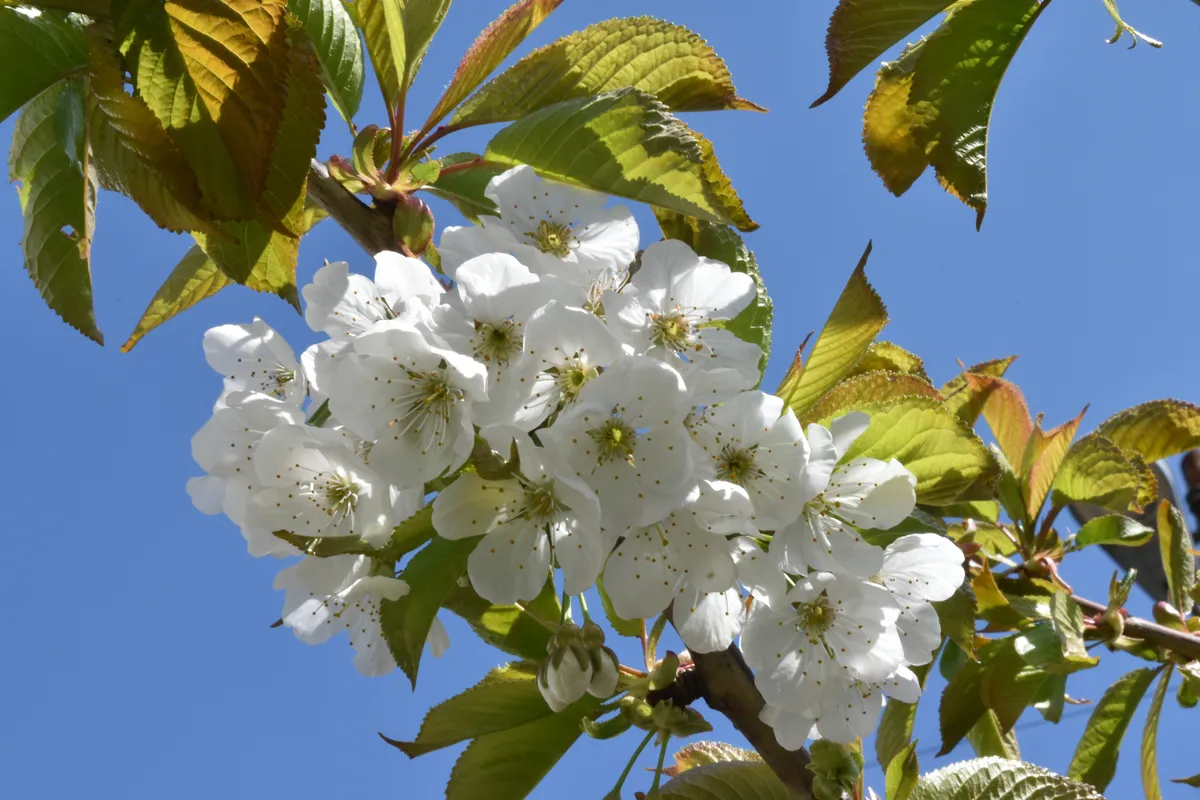
Planted as an ornamental tree (be aware that Prunus avium can reach 20m in height or more so is suited to large gardens), this species also grows wild in woods and hedges. Its red fruits are edible cherries. It is found from Europe to Asia Minor, Caucasus, and Western Siberia. It flowers between March and April, attracting bees, beneficial insects, birds, butterflies/moths and other pollinators. It also has seeds for birds and mammals and is a caterpillar food plant.
Where to plant: full sun; moist but well-drained/well-drained soil; sand, clay, chalk, loam
Wild carrot (Daucus carota)
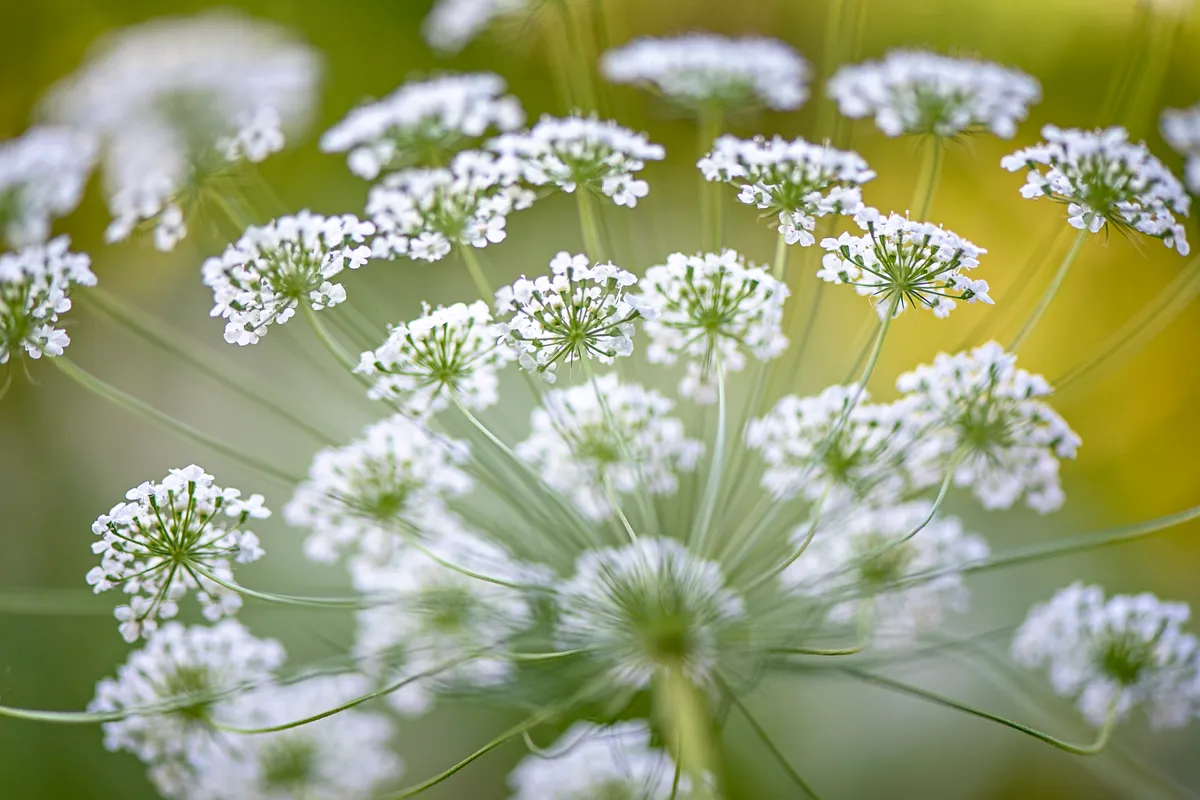
Wild carrot is a widespread perennial umbellifer with white flowers of grasslands, found from Europe to India. It flowers between June and August, and attracts bees, beetles and hoverflies. After flowering, it develops a concave seedhead.
Where to plant: full sun; well-drained soil; sand, chalk, loam
Common knapweed (Centaurea nigra)
- Buy plants now from Crocus, The RHS
- Buy seeds now from Chiltern Seeds, Crocus, The RHS
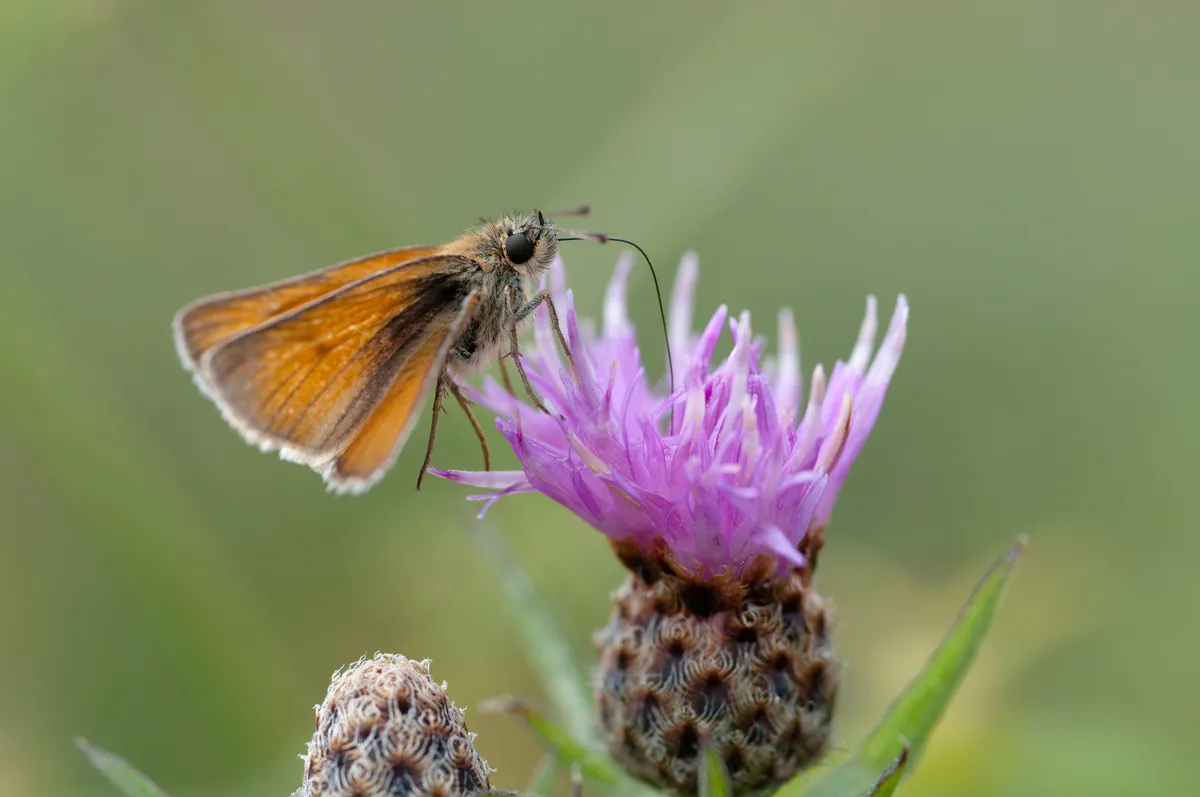
The bright pink-purple flowers of common knapweed, a species native to northwest and Central Europe, are actually composite flower heads made up of many small florets. This flower blooms between June to September and attracts a range of butterflies including common blue, marbled white and meadow brown.
Where to plant: full sun/partial shade; moist but well-drained soil; chalk, clay, sand, loam
Dandelion (Taraxacum)
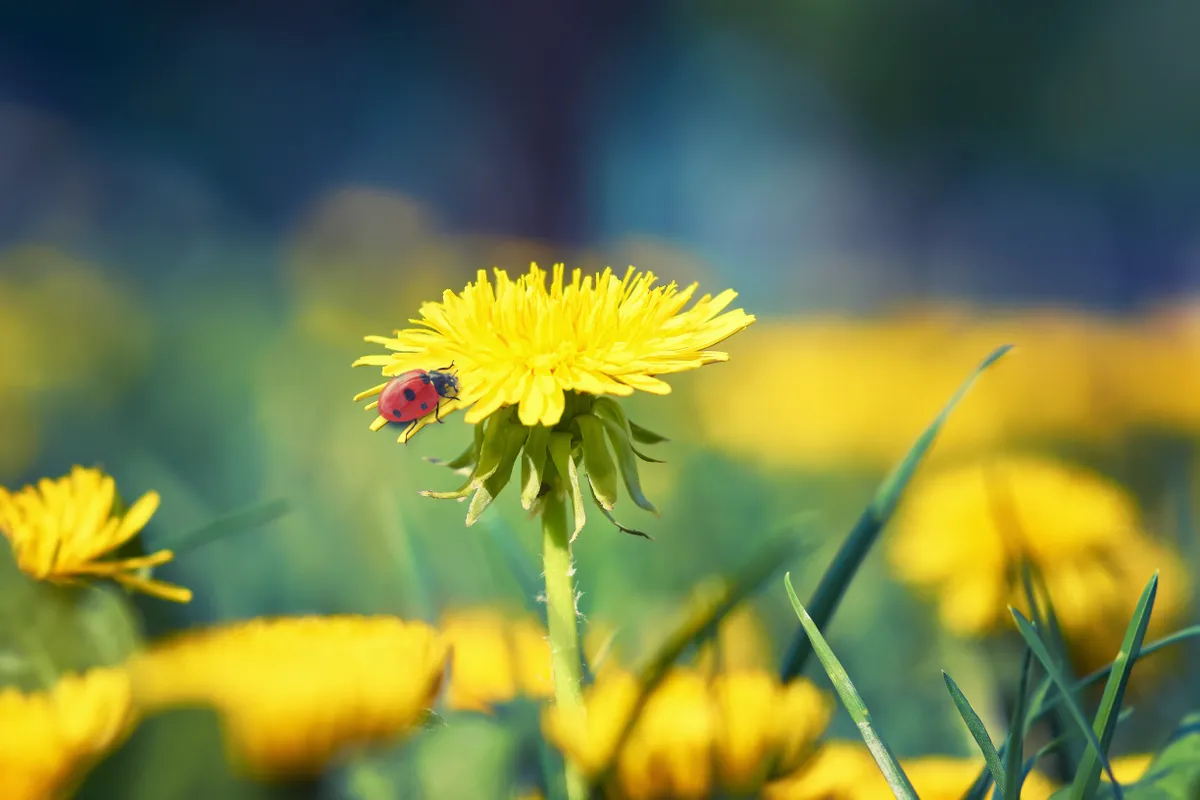
Dandelions have bright yellow flowers, and are naturally found in grassy places and waste ground across the northern hemisphere. They are an important food source for many insects including bumblebees, solitary bees, honeybees, hoverflies and beetles; and as a larval food source for moths. Dandelions flower between April and June.
Where to plant: full sun/partial shade; clay, loam, chalk soil
Recipes using dandelions:
Common/English bluebell (Hyacinthoides non-scripta)
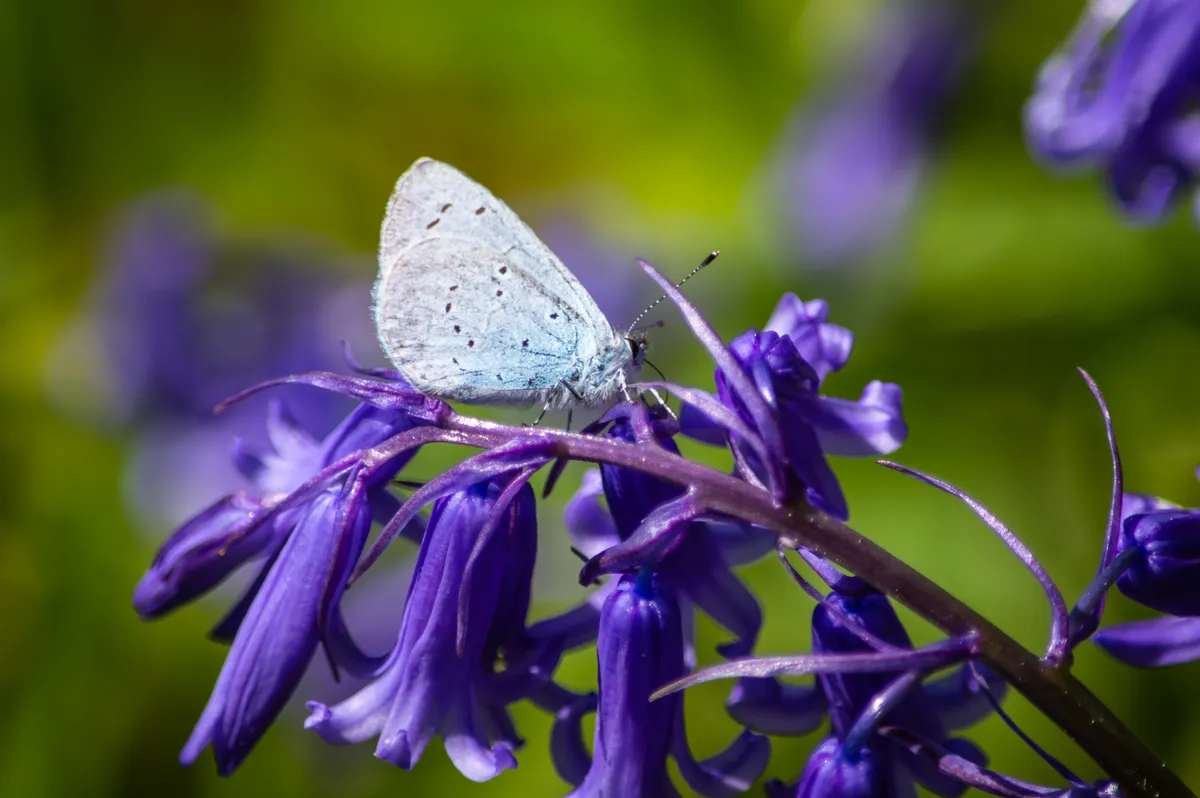
These sweet-smelling blue-violet flowers nod or droop to one side of the flowering stem (known as an inflorescence) and have creamy white-coloured pollen inside. Common bluebells are found across Western Europe and flower between April to May. They attract butterflies, bees and hoverflies.
The non-native species called the Spanish bluebell was introduced as an ornamental plant in British gardens in the 1680s and can be identified by the colour of the flowers and pollen, and the shape of inflorescence and the petals. However, the native and non-native bluebell species can hybridise, and the resulting plants can exhibit features from both species.
Where to plant: partial shade, well-drained/moist but well-drained soil; chalk, clay, sand, loam
Main image: Small tortoiseshell butterfly on ivy flowers. © Estuary Pig/Getty
